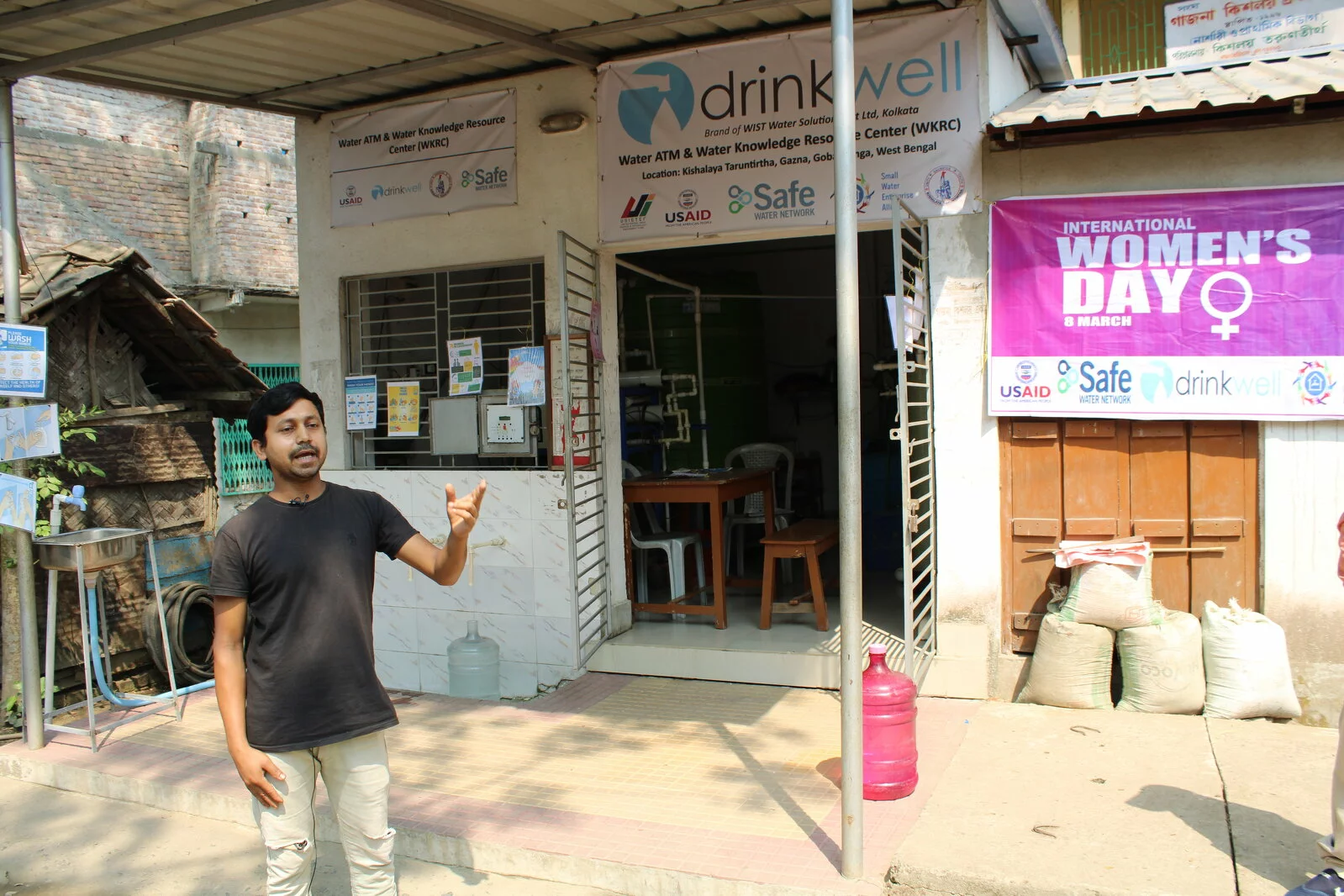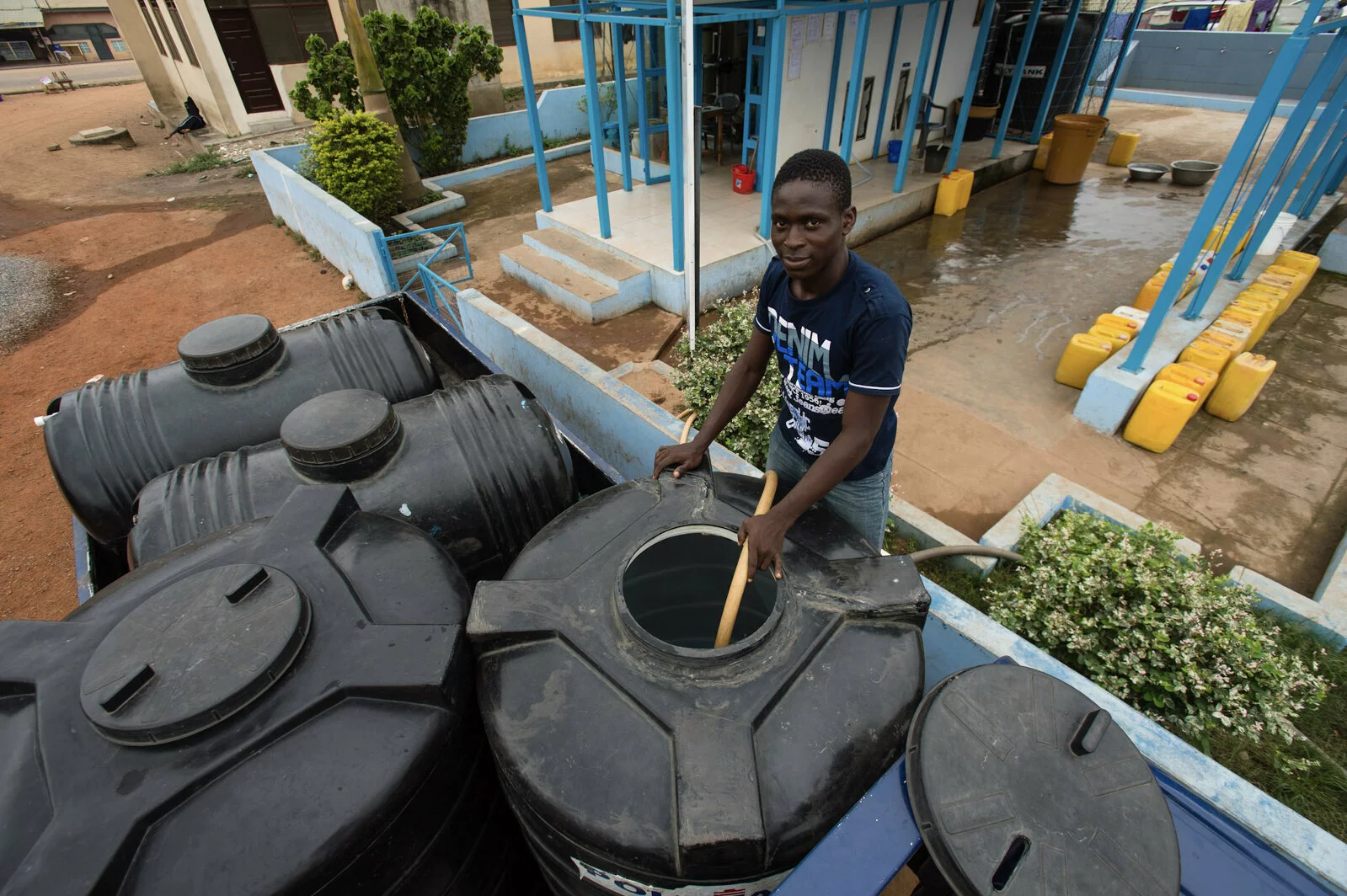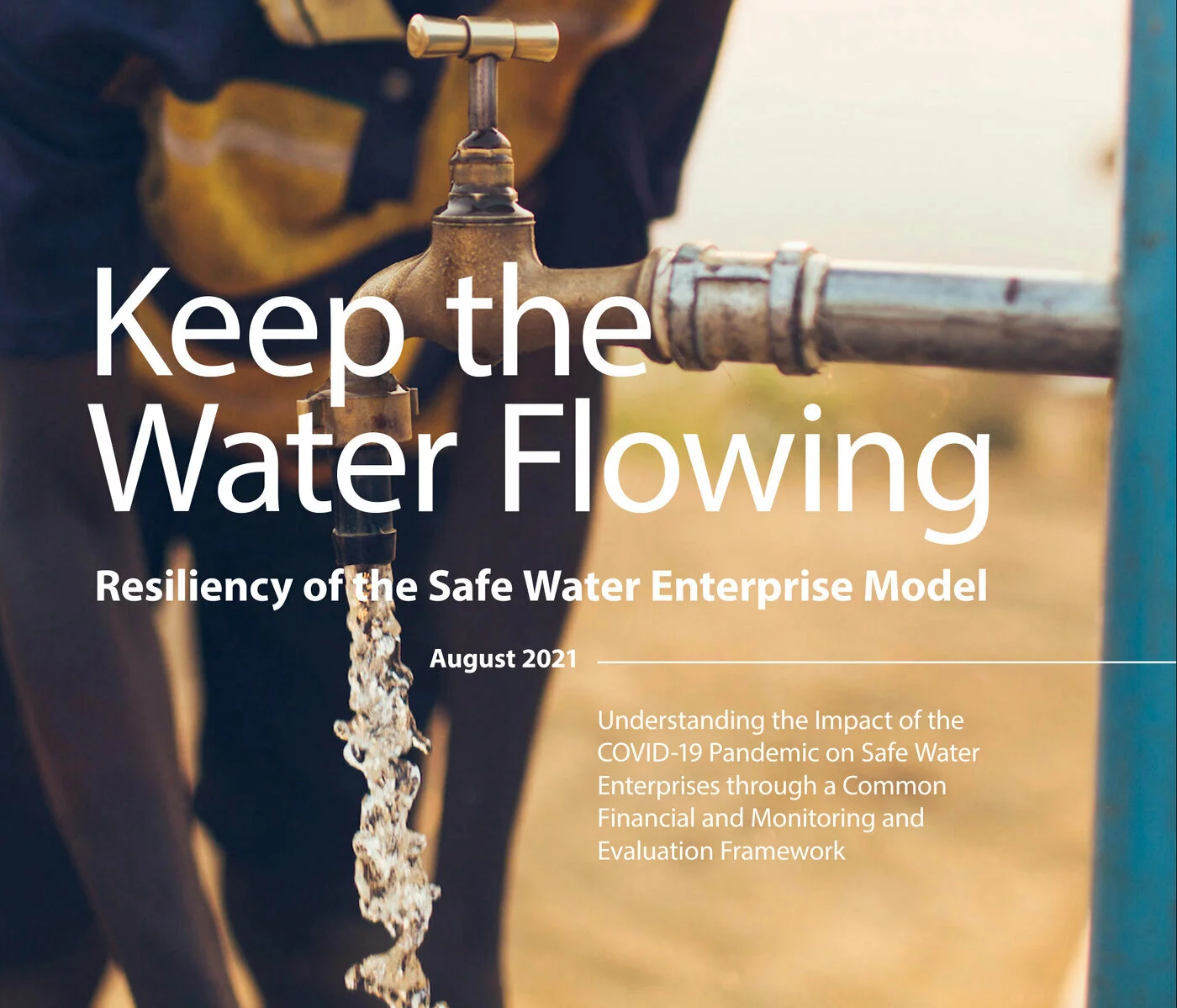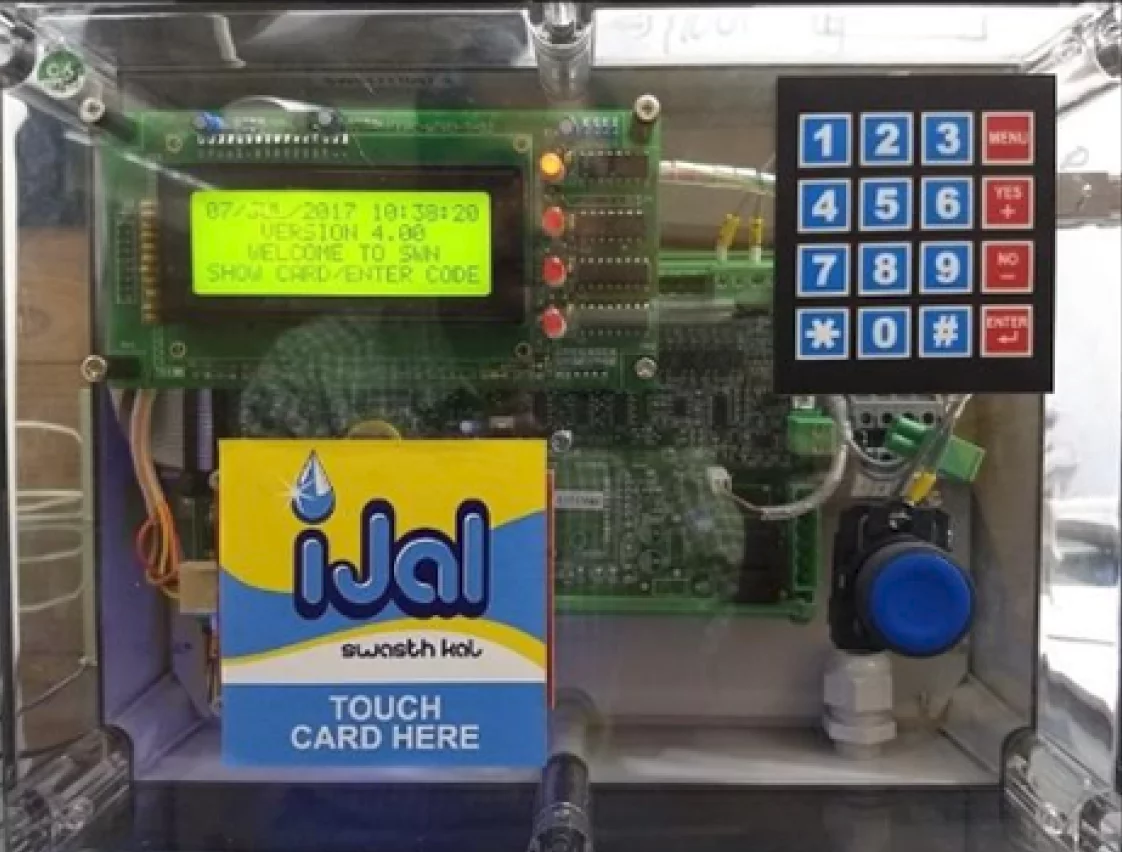Financial & Operational Performance of Safe Water Enterprises in India
By: Safe Water Network
SWEs often need viability gap funding to ensure sustainability while keeping prices affordable. The water revenues do not cover the Information Education and Communication (IEC) costs, Monitoring & Evaluation (M&E) costs, Water Quality Testing, and Field Supervision costs essential to reliable service delivery. These costs are often funded through philanthropic grants such as CSR or Subsidies.
Our analysis of the operating and financial performance of the SWEs set up by various SWE Implementers across India under the SWE Alliance identifies the level to which these SWEs can fund themselves from the daily water sale revenue and what subsidy is required so that they can function reliably. This report highlights the success factors that determine not just viability but operational and financial sustainability of these enterprises over the long term: (a) Cluster-level O&M support required for the ATMs, (b) Consumer Trust and continuous engagement for behavior change, (c) Need for an Asset Renewal Fund for long-term capital needs, (d) Financial Discipline among communities and social entrepreneurs, (e) An affordable Pricing and equitable distribution ensures that no one is left behind by including all the sections of the society, and (f) an approach to Relocate the unviable or unproductive ATMs to preserve capital invested.
SWEs need an average subsidy of $1000-1400 per annum to cover the Cluster management costs while ensuring affordability to the most underprivileged communities. The actual subsidy is a function of many factors, including population served, demand generated, pricing, willingness to pay, the proximity of SWEs in the cluster, raw water quality, community involvement, and ownership, among many others.



